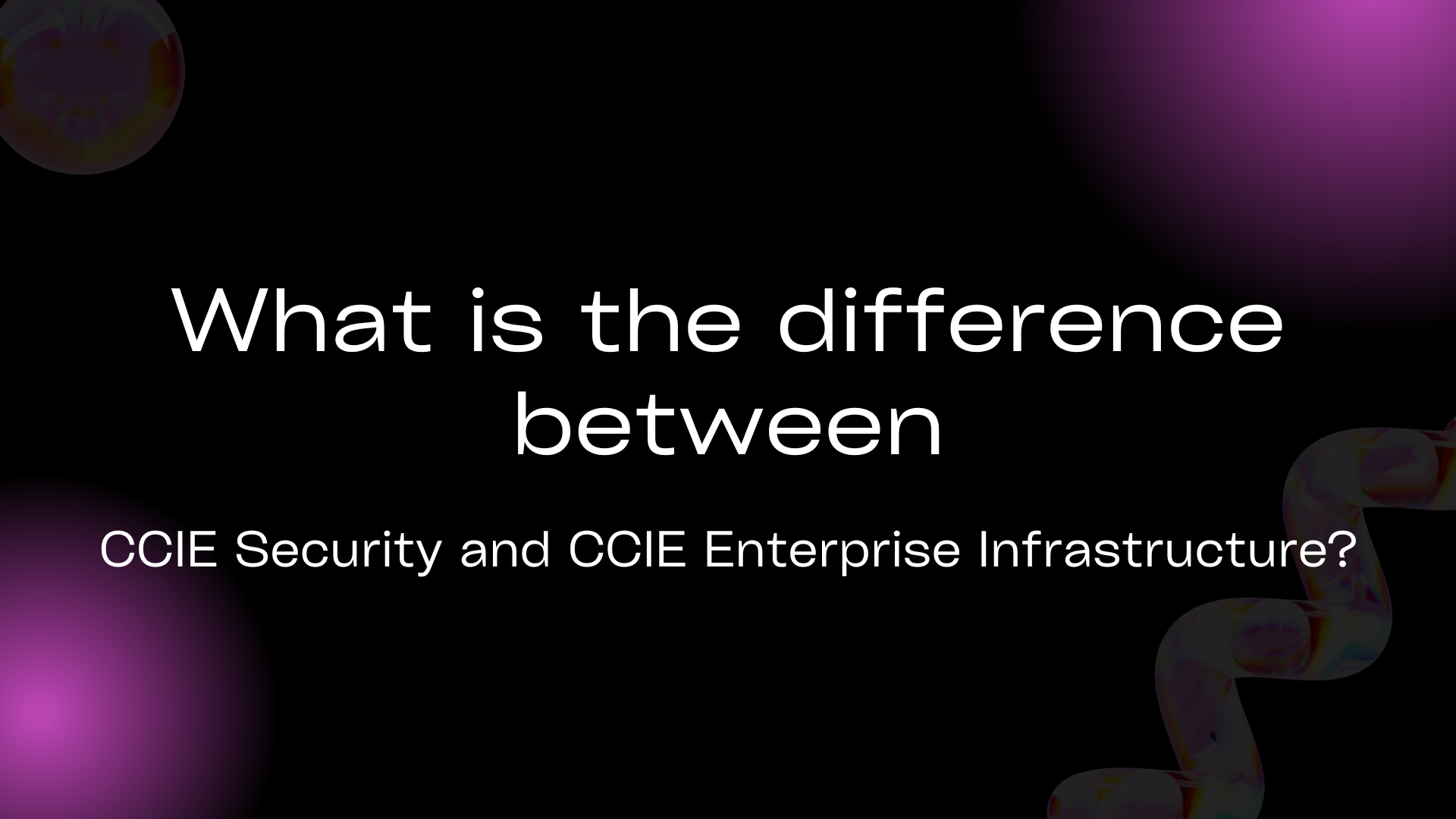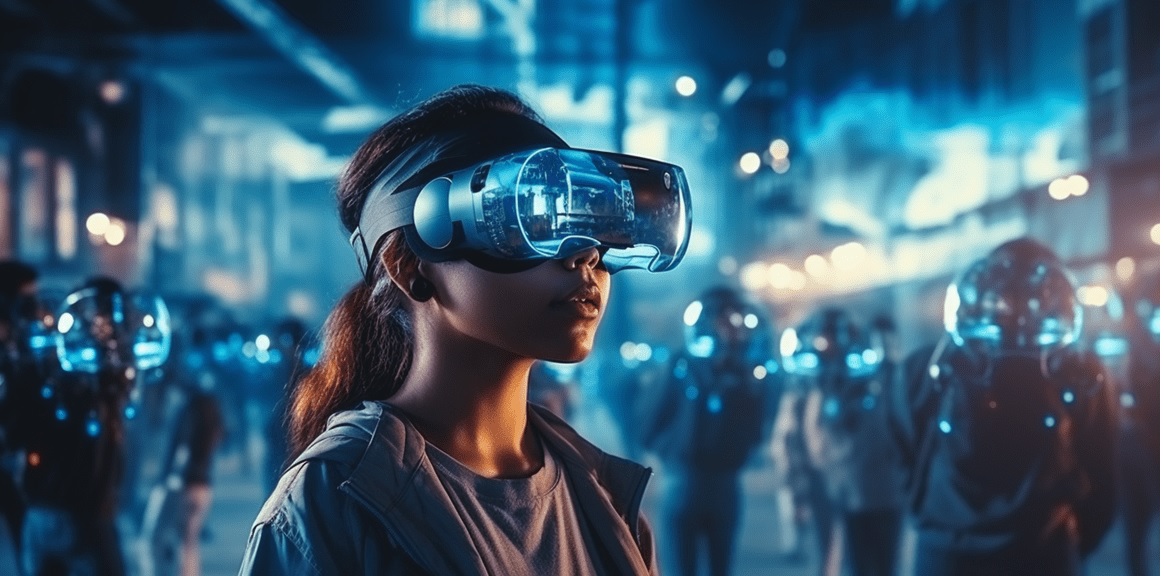Virtual Reality Challenges: How DRM Keeps Immersive Video Secure

The immersive world of Virtual Reality (VR) introduces unique challenges in the realm of video content protection. This article explores the specific hurdles posed by VR and how Digital Rights Management (DRM) emerges as a crucial solution to ensure the security of immersive video experiences. By examining the challenges and DRM strategies, we unravel the role of content protection in preserving the integrity of virtual reality content.
Introduction:
Virtual Reality (VR) presents a transformative medium for immersive video experiences, but it also brings forth specific challenges in content protection. This article delves into the hurdles posed by VR and highlights the pivotal role of Digital Rights Management (DRM video protection) in ensuring the security of immersive video content. By examining the unique challenges and DRM strategies tailored for VR, we explore how content protection safeguards the integrity of virtual reality experiences.
- Expansive Nature of VR Content: A Security Challenge:
The expansive nature of VR content, characterized by 360-degree videos and interactive environments, poses a distinct security challenge. Traditional video protection measures may fall short in preserving the integrity of immersive experiences. DRM steps in to address this challenge by offering tailored solutions that secure the intricate components of VR content, ensuring a holistic approach to protection.
- User Interaction and Dynamic VR Environments: DRM Adaptability:
VR environments involve dynamic user interaction and real-time rendering, making them susceptible to new forms of piracy. DRM demonstrates adaptability by evolving alongside these dynamic VR experiences. Customizable DRM solutions account for user interaction, adapt to real-time changes, and provide a layered defense against potential piracy threats within the intricate VR landscape.
- Multi-Sensory Content: Protecting More Than Just Visuals:
VR extends beyond traditional video content by engaging multiple senses, including audio and touch. Protecting multi-sensory elements becomes crucial in preserving the immersive quality of VR experiences. DRM strategies for VR encompass not only visual content but also audio components and interactive elements, creating a comprehensive defense against unauthorized access and distribution.
- Device Fragmentation: Ensuring Compatibility and Security:
The proliferation of VR devices results in a fragmented ecosystem with varying specifications. DRM addresses device fragmentation by ensuring compatibility across a diverse range of hardware. Tailored DRM solutions accommodate different VR platforms, providing a standardized yet secure playback experience on various devices, from high-end VR headsets to mobile platforms.
- Social VR and Shared Experiences: DRM for Collaborative Spaces:
Social VR experiences, where users share virtual spaces, introduce additional complexities. DRM strategies extend to collaborative spaces, ensuring secure sharing of content within social VR environments. This approach safeguards against unauthorized access and distribution, allowing users to enjoy shared virtual experiences without compromising content security.
- Simultaneous Streaming and VR Security: DRM for Seamless Playback:
Simultaneous streaming in VR, where multiple users share the same virtual space, poses unique challenges in terms of security and playback quality. DRM solutions address this by facilitating secure simultaneous streaming. By ensuring seamless playback experiences for multiple users, DRM contributes to maintaining content security in the dynamic context of shared VR spaces.
- VR Gaming and Interactive Narratives: DRM for Gaming Security:
VR gaming and interactive narratives introduce a new dimension to content protection. DRM strategies for VR gaming environments prioritize security measures that prevent tampering with game assets, protect interactive narratives, and secure in-game assets from unauthorized use. This comprehensive approach safeguards the immersive qualities of VR gaming experiences.
- Continuous Evolution: DRM and Emerging VR Technologies:
As VR technologies continue to evolve, DRM adapts to address emerging challenges. Whether it involves advancements in VR hardware, novel interaction methods, or evolving piracy tactics, DRM remains at the forefront of content protection. Continuous collaboration between DRM developers and VR industry stakeholders ensures that content remains secure amid the ever-changing landscape.
Conclusion:
The challenges posed by Virtual Reality in the realm of video content demand specialized solutions, and Digital Rights Management emerges as a key player in ensuring the security of immersive experiences. By addressing the expansive nature of VR content, adapting to dynamic environments, protecting multi-sensory elements, accommodating device fragmentation, securing social and shared spaces, enabling simultaneous streaming, safeguarding gaming experiences, and evolving with emerging technologies, DRM stands as a vital safeguard for the integrity of virtual reality content. In doing so, DRM plays a crucial role in fostering a secure and immersive future for VR video experiences.


